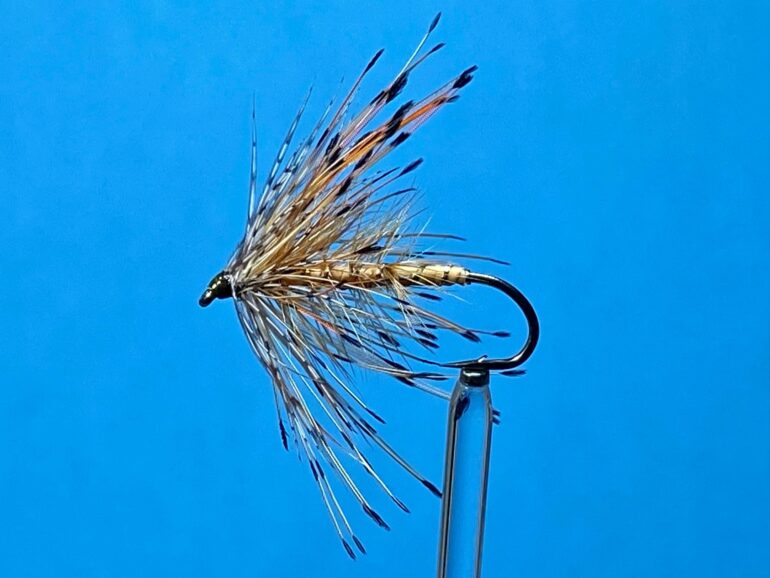
A Fly to Tie & Try – The Wet Daddy – Sept 2023 by Les Lockey
A Fly to Tie and Try for Sep 2023 by Les Lockey
The Wet Daddy (Stan Headley)
Hook: Kamasan B800 longshank, size 10.
Thread: Brown Semperfli Nanosilk, 50D, or any fine brown or tan thread.
Rib: Small oval gold tinsel.
Body: Natural Raffia.
1st Hackle: Ginger or barred dark ginger cock hackle wound 2/3rds down the body.
2nd Hackle: Golden pheasant tippet feather.
3rd Hackle: Brown partridge shoulder feather.
TYING
Photo 1. Secure the hook in the vice, and starting at the eye, wind on a short bed of thread and remove the waste thread.
Photo 2. Tie in a length of small oval gold tinsel and bind it down with touching turns of thread to a point opposite the barb.
Photo 3. Cut a length of natural Raffia about 2-3mm. wide and moisten it well with wet fingers until the Raffia becomes flat and pliable. With the waste end of the raffia stopping at the oval tinsel tie in point, tie in the raffia and bind it down with touching turns of thread.
Photo 4. Under tension, carefully wind the damp Raffia in overlapping turns up the shank to the thread, then back to the barb, and finally back to the thread, before tying it down securely and removing the excess Raffia.
Photo 5. Prepare the cock hackle by removing all the fluff from the bottom of the feather and trimming the bare stalk to about 2 mm. in length. Tie in the short hackle stalk with well waxed thread, then wind on two close turns of hackle at the tie in point and continue to palmer the hackle in open turns down the body until the 2/3rds point is reached. Leave the hackle to dangle in the hackle pliers.
Photo 6. Wind the oval tinsel in an open spiral rib until it meets the hackle, then trap the hackle with the tinsel and continue to rib the body through the hackle. Tie down the tinsel rib at the end of the body, remove the excess tinsel, tidy the area with thread ready for the next hackle and carefully cut off the excess hackle tip.
Photo 7. Take a golden pheasant tippet feather, remove the poorly marked outside fibres from each side of the stem and isolate the tip. Secure the feather by the tip fibres using well waxed thread and remove the excess tip. Carefully wind on the tippet feather, gently stroking the fibres rearward after each turn. Secure the hackle with several tight turns of thread and remove the excess feather. Tidy the area with thread ready for the final hackle.
Photo 8. Take a well- marked brown partridge shoulder feather and isolate the tip. Trim off the excess tip to leave a small triangular stub and using well waxed thread, tie in the feather by the triangular stub.
Photo 9. Wind on the partridge hackle, stroking back the fibres after each turn. Secure the hackle with several turns of waxed thread and remove the waste hackle.
Photo 10. Form a neat head, whip finish, and remove the thread. Varnish the head to complete the fly.
Tying Tips
- Raffia comes from the dried leaf veins of Raffia Palm trees which are found mainly in tropical Africa, with the best quality coming from Madagascar. 50g bundles (a lifetime’s supply) can be bought in craft shops such as Hobbycraft for just a couple of pounds. Raffene, or Swiss Straw, is a synthetic version of natural Raffia and is available in a wide variety of colours. Natural Raffia needs to be moistened prior to use to make it pliable, but Swiss Straw can be used either moist or dry depending on the application.
- Prepare the Raffia by selecting a 15cm length that is relatively flat and not curled tight at the edges, then make a small cut in one end approximately 2-3 mm from one edge and simply strip away the selected width. Once a suitable strip has been separated, moisten it along its length between wet fingers, pressing the raffia flat as you go. When forming the body, keep the Raffia damp and wind it under tension ensuring it remains flat and untwisted.
- This pattern requires three hackles to be wound after the formation of the body, so remember to leave sufficient space between the end of the body and the hook eye. At least 3mm is recommended.
- Since the cock hackle is only palmered 2/3rds of the way down the body, reasonably heavy hackle pliers can be attached to the hackle in order to maintain hackle tension and keep the hackle in position until it can be secured by the oval tinsel rib.
- This pattern is a minor variant of Stan Headley’s original dressing which uses the golden pheasant tippet hackle as the front hackle next to the head, but I prefer the more muted tones created by winding the partridge feather in front of the orange tippet hackle.
- When wound, the golden pheasant tippet fibres should extend beyond the hook bend, so check the fibre length against the hook shank before tying in the tippet feather. Experience has shown that suitably sized feathers tend to be found just below the middle of the tippet neck but this can vary depending on the quality of the tippet neck.
- It is important that the tippet hackle forms a nice umbrella shape that does not collapse along the shank which would negate the seductive pulsating action of the fibres. To this end, when winding the tippet hackle, try to keep the turns very slightly apart and only gently stroke the fibres rearward after each turn of hackle.
Fishing Hints
- It is hard to believe, but back in the day, this fly was so successful that it was actually banned on several fisheries, which is perhaps one reason why the fly is not that well-known today.
- On windy autumn days during September and October, when windblown daddies are quickly drowned, this fly, fished wet on a floating, sink tip or intermediate line can be remarkably effective.
- I like to fish this fly on the dropper with a foam daddy on the point, using either a floater or sink tip line depending on the strength of the wind. Cast down wind and retrieved in long pulls or cast across the wind and allowed to be blown round on the wind are two methods that have produced well for me.
- Interestingly, although designed as a wet daddy longlegs imitation, some anglers have found the pattern to be equally effective when fish are fry feeding, so it is certainly worth trying towards the back end of the season.
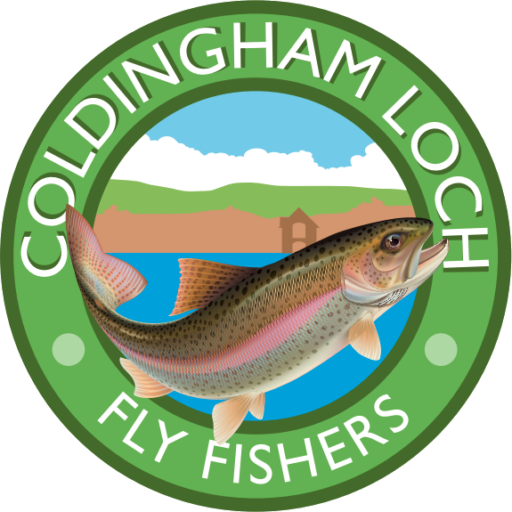

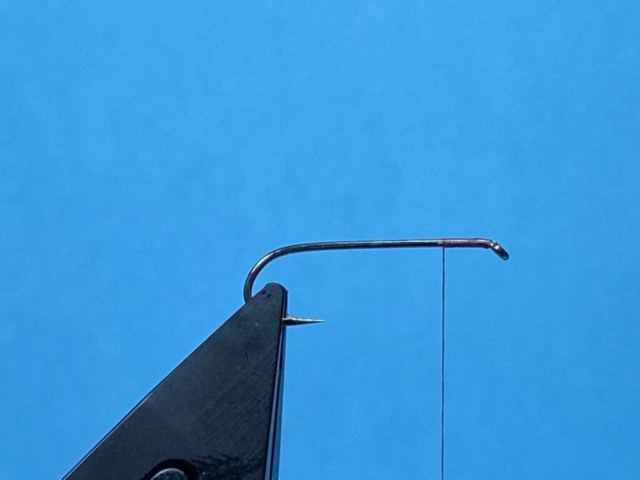
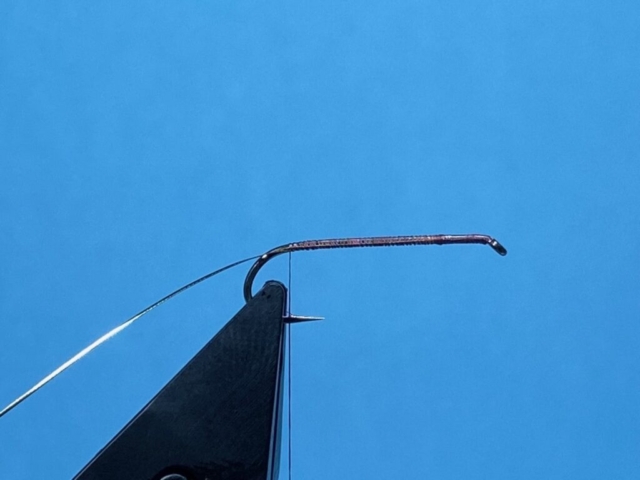

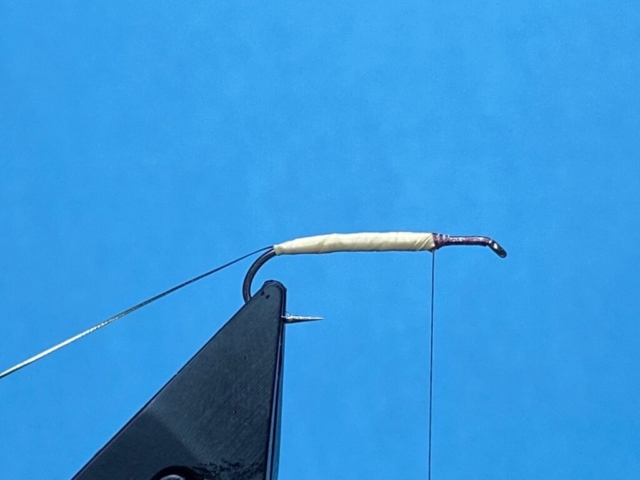
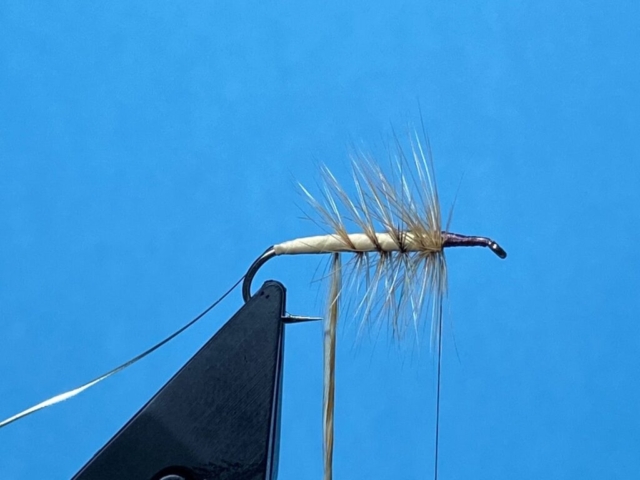

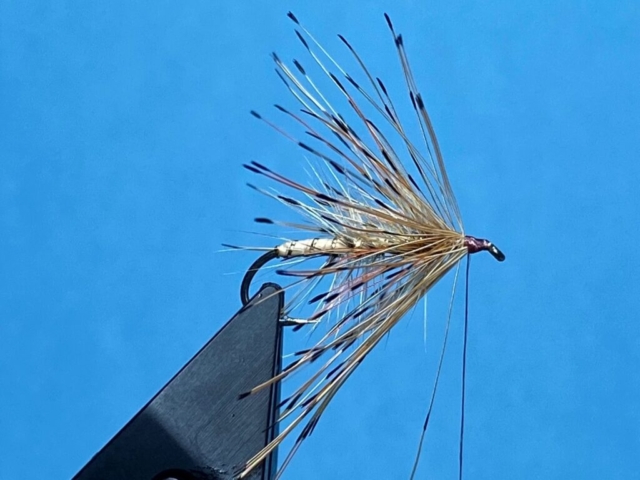

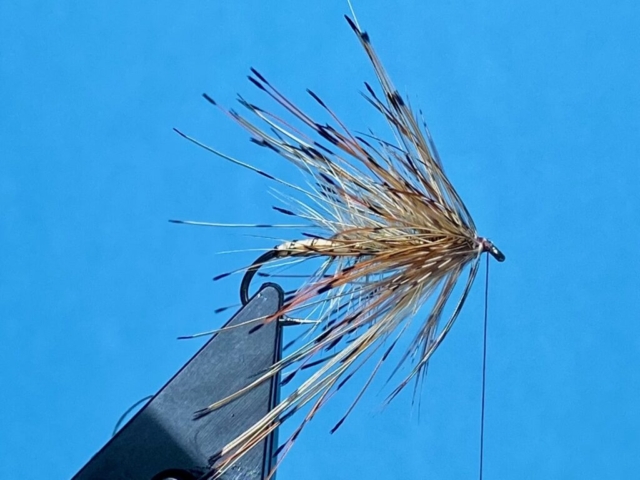
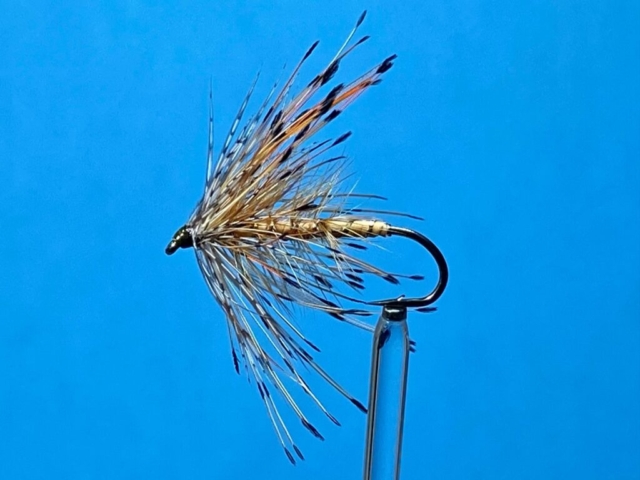

Recent Comments